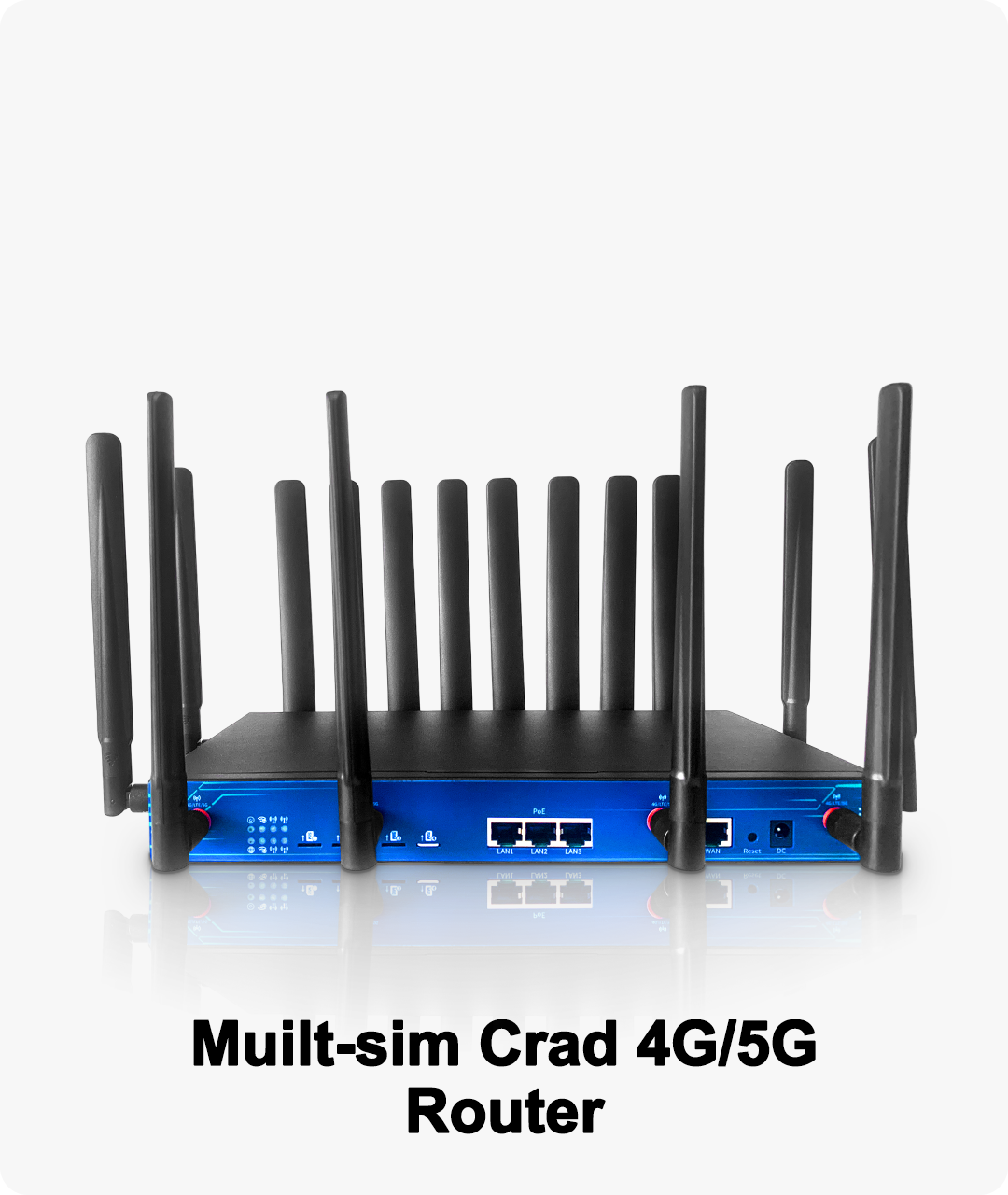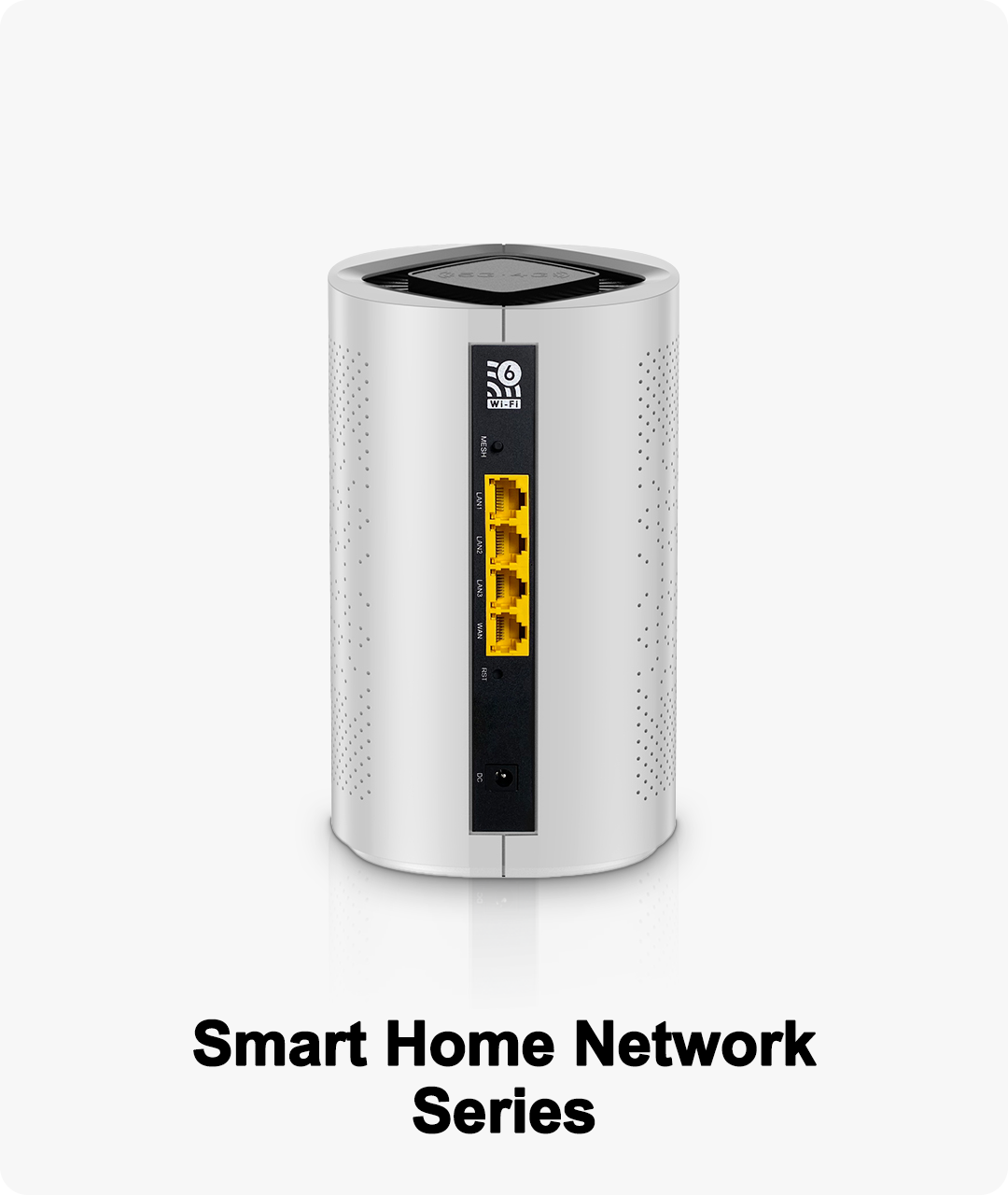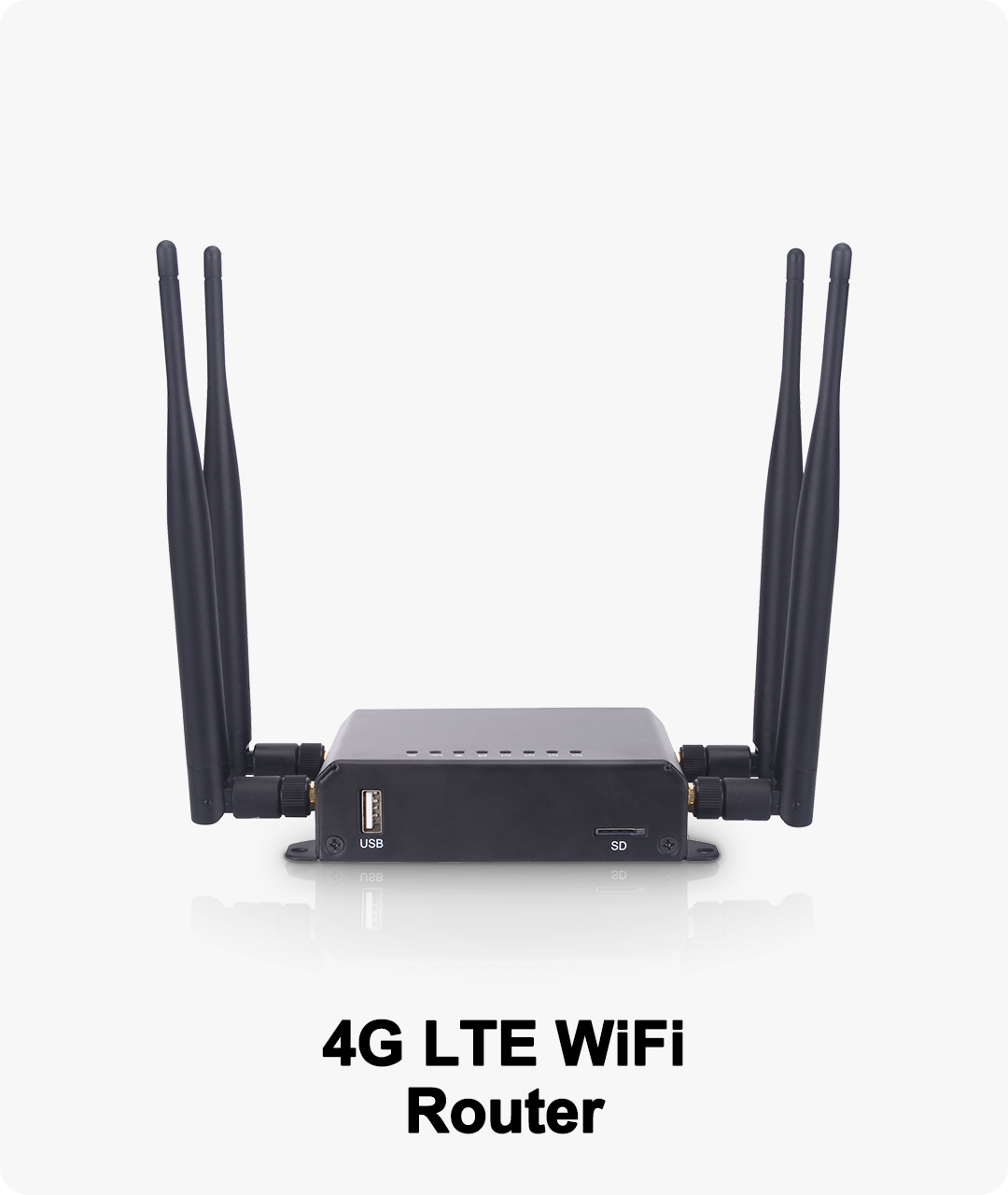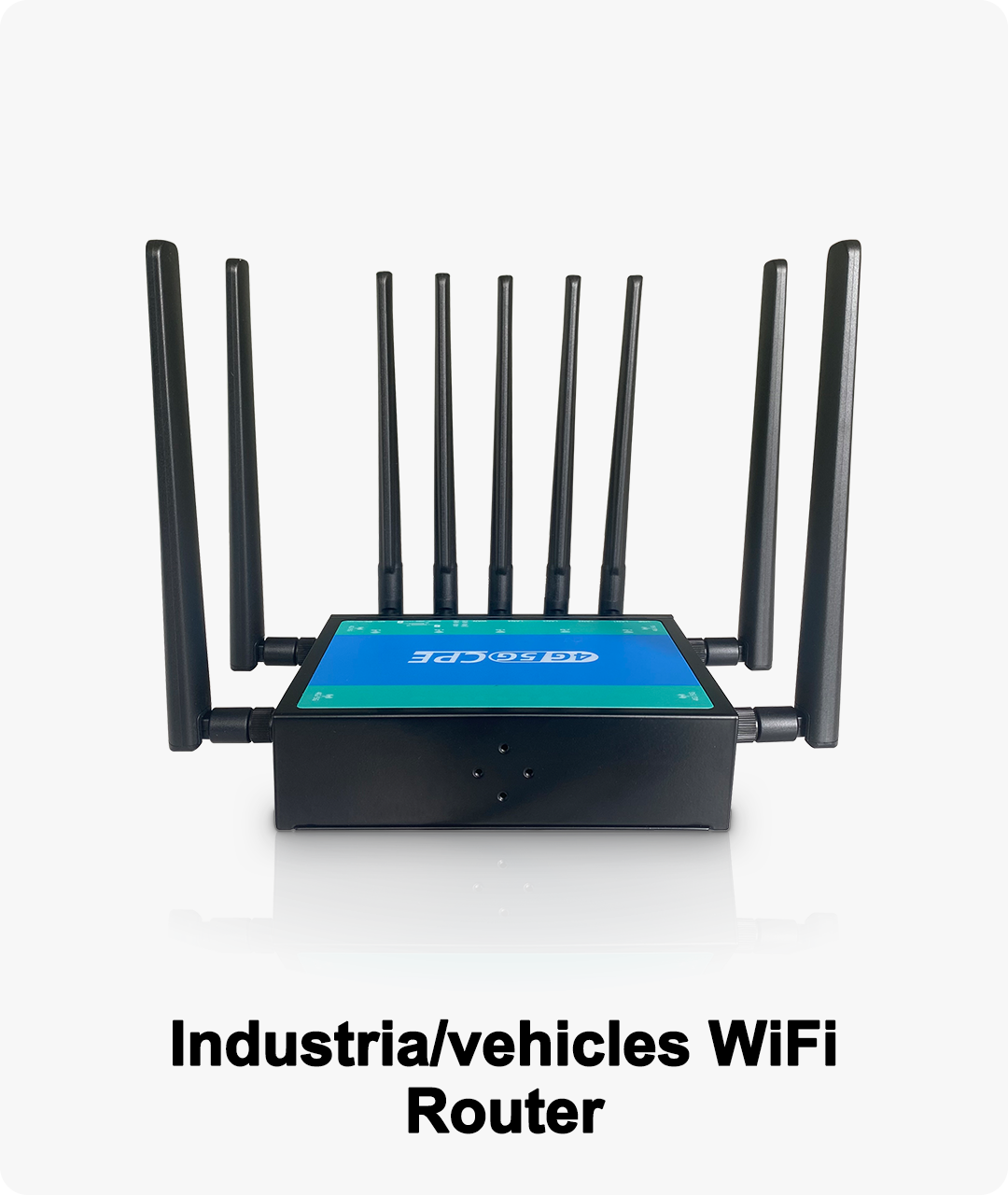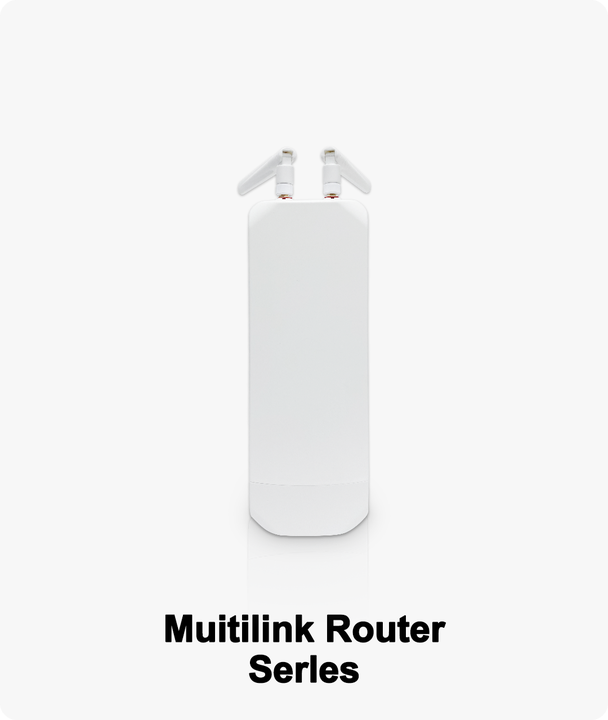D301, Building D, No. 54-6, Guanlan Avenue, Xinhe Community, Fucheng Street, Longhua District, Shenzhen ,China


The Core Technology Inside a 4G Router
1. LTE Modem and SIM Integration
At the heart of every 4G router lies an LTE modem, which reads a SIM card and connects to the 4G LTE network (see GSMA LTE overview). The modem manages signal transmission, converts cellular data into digital packets, and facilitates internet access, much like a smartphone.
2. Radio Antennas and Signal Processing
4G routers use one or more internal/external antennas to send and receive radio signals from nearby cell towers. Advanced models feature MIMO (Multiple Input Multiple Output) technology, which allows simultaneous data streams to boost speed and signal reliability. According to Qualcomm, MIMO can significantly improve wireless performance.
3. Network Processor and Wireless Distribution
A built-in processor decodes data packets and distributes them via Wi-Fi (following IEEE 802.11 standards) or LAN ports. This enables multiple devices—laptops, smart TVs, phones—to access the internet simultaneously.
4. Security and Software
Modern 4G routers feature encrypted channels (WPA2/WPA3), firewall protections, and management interfaces accessible via web or app. Firmware updates keep the router secure from vulnerabilities (FCC: Protecting Your Home Network).
Why Understanding the Technology Matters
By grasping these core components, users can select the right 4G router for their needs—whether they need higher speeds, better coverage, or advanced security.






